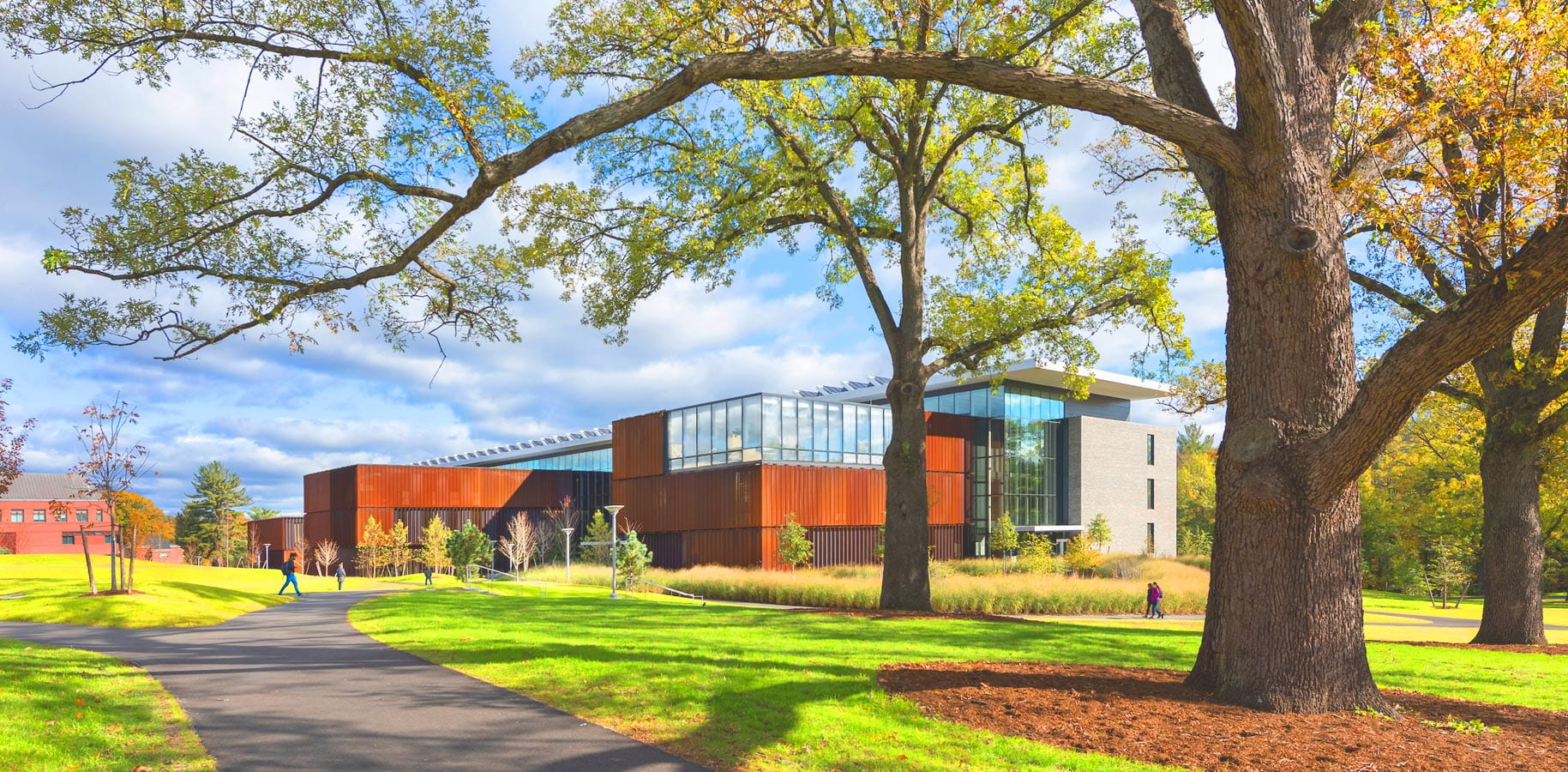Hi everyone! I’m Sam Schulz and I am a rising junior physics major. On campus I play frisbee and the jazz saxophone as well as spend lots of time in the physics lounge in the science center. I am currently home in the suburbs of Philadelphia, Pennsylvania having completed my first week of my summer science internship.
This summer, I am participating in Caltech LIGO SURF, studying optical refrigeration for use in the LIGO detectors. That sentence has a lot of acronyms and fancy jargon, so I will go through it one by one and slowly. The Light Interferometer Gravitational-wave Observatory (LIGO) is the NSF’s largest project, with over 1000 scientists working in the LIGO scientific collaboration. The goal of LIGO is to observe physical phenomena which are called gravitational waves, which stretch space itself.
Gravitational waves are extremely weak! The strongest gravitational waves detectable from Earth change the space inside LIGO detectors by lengths on the order of 10^-19 meters, which is 10000 times smaller than the radius of a proton. In order to detect these small length changes, LIGO splits a laser beam and then sends each part of that beam down two 4 km arms and back before it recombines with itself at a detector. This type of device is called an interferometer, taking advantage of the fact that light itself is a wave to measure gravitational waves. If you want to read more about LIGO science or interferometers click here: https://www.ligo.caltech.edu/page/what-is-ligo or watch this great video by Veritaseum (featuring one of my mentors!): https://www.youtube.com/watch?v=iphcyNWFD10&t=1s&ab_channel=Veritasium.
In order to make these measurements, every possible source of noise is important and must be minimized to the greatest extent possible! The next phase of LIGO involves creating an interferometer that operates at a temperature of about 123 K (-150 Celsius or -238 Fahrenheit. Very Cold!). However, most systems that would be able to keep everything at that temperature create too much vibration to be able to be used for something measuring gravitational waves. That is where my project comes in. It is possible to cool certain carefully selected materials by shining them with a carefully selected laser beam. The main advantage of doing this is that it produces essentially no vibration.
This work has been very hard to understand and extremely draining at times, but it has been really cool to learn about physics that I have had almost no exposure to in the classroom. Most of what I do is reading academic papers and some calculations in order to design a demonstration of how optical refrigeration might be used at LIGO.
Last year, I participated in SURF at Amherst with Professor Hall, doing very different research in the field of atomic physics. I definitely miss Amherst and the camaraderie I had with my fellow summer workers during that time. Doing research alone and at home is not the same, and I often wish I could be in California and get to experience working in person. However, the work is really cool and it is really rewarding to be able to engage with high level physics academic literature
I am excited to be able to share with you all my experiences this summer and hope that you are able to see some of the things that I find really cool about physics. I know the subject can be very intimidating to many people, and it often is to me, but there are so many cool things that are being done if you can get past the scary stuff!
